ITALY
Plants and Animals

Plants and Animals

Cities in ITALY
| Bologna | Florence | Milan |
| Naples | Rome | Trieste |
| Venice | Verona |
Popular destinations ITALY
| Campania | Lombardy | Sardinia |
| Sicily | Tuscany | Umbria |
| Veneto |
Plants and Animals
Plants
The vegetation in the Mediterranean low and hill country is green in winter, blooms in April and May, and scorches in summer. The original vegetation, now almost completely gone, is an evergreen deciduous forest of holm oaks. In its place, macchia, a formation of evergreen dense and thorny shrubs and dwarf shrubs, including wild olives, oleander, laurel, myrtle, holm oak, gorse and cork oak, predominates.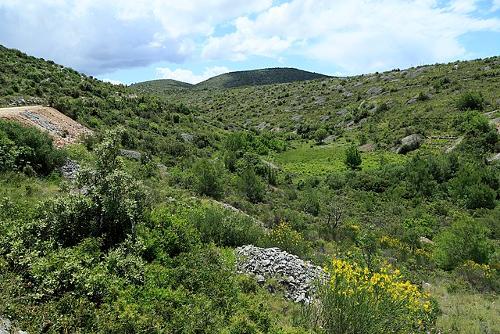 Macchia landscape ItalyPhoto: Falk2 CC 3.0 Germany no changes made
Macchia landscape ItalyPhoto: Falk2 CC 3.0 Germany no changes made
Cypresses and olive trees are typical vegetation for all of Italy. The Umbra forest in the Gargano peninsula in Puglia, is one of the last native forests in Italy with beech and holm oak. There are also beech forests in Calabria and silver pine and pine forests in Abruzzo.
In the low mountain ranges with their colder winters, the macchia is replaced by thickets that lose their leaves in winter and are more similar to the Central European vegetation, including downy oak and yellow dogwood. In the high mountains (Alps and Dolomites) the subalpine coniferous forest belt and the alpine dwarf shrub and meadow belt (with vetch, ostrich grass and white asphodel) are very beautifully developed. The strawberry tree has been considered the national tree of Italy since the Italian unification.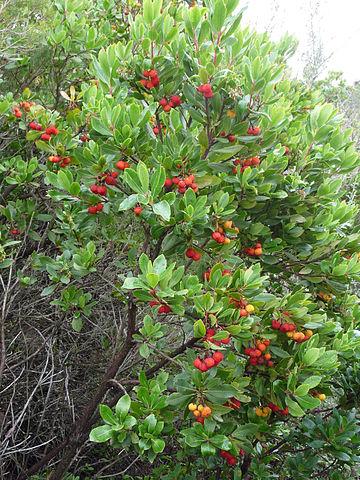 National tree of Italy is the strawberry treePhoto: Jxandreani CC 2.0 Generic no changes made
National tree of Italy is the strawberry treePhoto: Jxandreani CC 2.0 Generic no changes made
Animals
The animal world has a Central European and Mediterranean character; in the north you will still find alpine forms including ibex, chamois, ermine, alpine rabbit, mountain partridge and marmot. In the Gran Paradiso national park the ibex is still found, a kind of mountain goat with long twisted horns. The chamois, a type of goat antelope with small straight horns, lives in the Central Alps. Well-known birds in the Alps are the black grouse and the rare golden eagle.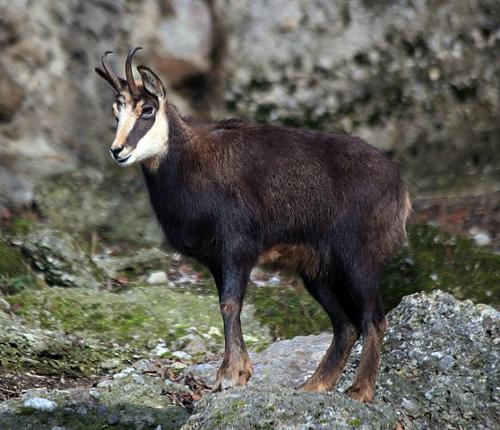 Gems, ItalyPhoto: Manfred Werner / Tsui cc-by-sa3.0 no changes made
Gems, ItalyPhoto: Manfred Werner / Tsui cc-by-sa3.0 no changes made
In the south, Mediterranean forms include mouflon in Sardinia, porcupine, Roman mole and a number of reptiles. The big game is highly endangered in its survival; brown bear, lynx and wolf have become very rare. In Italy there are still about 200 Apennine wolves and about 100 brown bears. The rare monk seal may still be found on the coasts of Italy.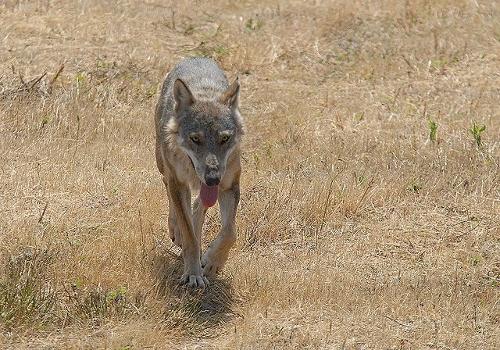 Apennine wolf, subspecies from ItalyPhoto: Luigi Piccirillo CC 2.5 Generic no changes made
Apennine wolf, subspecies from ItalyPhoto: Luigi Piccirillo CC 2.5 Generic no changes made
The bird world is strongly threatened by the hunting during the migration season in spring and autumn. In addition to strong pressure from hunting, deforestation has contributed to the rarity of many species since Roman times.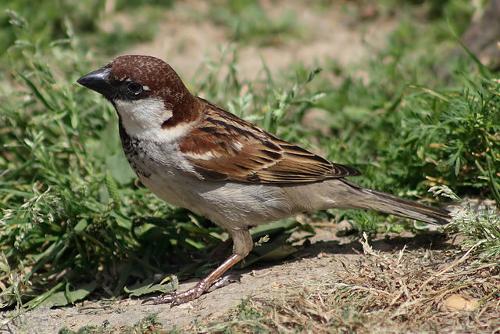 National symbol: Italian sparrowPhoto: Loz (L. B. Tettenborn) CC 2.5 Generic no changes made
National symbol: Italian sparrowPhoto: Loz (L. B. Tettenborn) CC 2.5 Generic no changes made
There are 19 national parks to protect endangered species, and five more are planned. Together they will comprise 5% of Italy's total land area. The two largest national parks are located in the Alps: Stelvio (1350 km2) and Gran Paradiso (700 km2), also the oldest national park in Italy. The smallest national park is located at Cape Circeo, along the coast, south of Rome.
Of the national parks, Gran Paradiso is known for ibex and chamois; chamois and the last brown bears live in the Abruzzo National Park. The future of Italy's wild mammals and birds is very uncertain. The attitude of a significant part of the population shows little environmental awareness and hunting regulations are not fully defined.
The land is rich in invertebrates; the study of insects and snails will certainly yield many new species. Among the latter, the family Helicidae (which includes the vineyard snail, among others) has many species, including a number of native ones.
Founded in 1874, the Maritime Biological Institute ("Stazione Zoologica") in Naples is world famous. Sharks, bluefin tuna and swordfish can be found in the southern seas. In the even warmer southern seas we find red coral and sponges.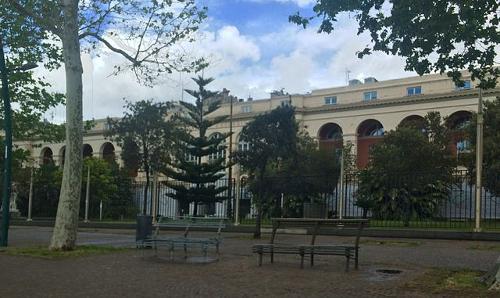 Stazione Zoologica in Naples, ItalyPhoto: Ruthven in the public domain
Stazione Zoologica in Naples, ItalyPhoto: Ruthven in the public domain
Sources
Cassidy, P. / Italy
Raintree Steck-Vaughn Publishers
Europa
Lekturama
Europese Unie : vijftien landendocumentaties
Europees Platform voor het Nederlandse Onderwijs
Jepson, T. / Italië
Van Reemst
The Statesman's Yearbook: the politics, cultures and economies of the world
Macmillan Press
CIA - World Factbook
BBC - Country Profiles
Copyright: Team The World of Info